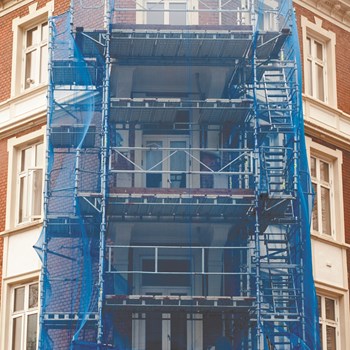
When you close your eyes and picture any building, you are quite likely imagining its facade – the outer shell which protects and contains all of the hustle and bustle that goes on within. In a residential property, the facade is what separates a building’s occupants from both elements and intruders. As such, it’s imperative that the facade be inspected, maintained and serviced regularly to ensure that it’s secure and functioning as intended. For a community association, the responsibility to do this falls on the board or management. While methods and routines may differ, facade care should be a major priority for every association.
(Non-)Moving Pieces
The standard facade consists of many parts – and all must be in working condition, lest the greater structure start to falter.
“We look at building exteriors – or the building ‘envelope’ – as a system of various components: the roof, trim, windows, exterior cladding (including shingles, clapboards, brick, EIFS [exterior insulation finishing system], etc.) and all related flashings and details,” explains Robert H. McBride, CEO of the Dartmouth Group, a property management firm in Bedford, Massachusetts. “It is very difficult – and arguably unwise – to look at any of these individually; they’re all integrated in order to provide the intended function of protecting the building structure and interiors, primarily from water intrusion.”
The manager and/or relevant board members should develop a familiarity with the facade of their building or buildings to better assess when something may be amiss. “It becomes clear that a repair, or at least a professional consultation, is necessary through day-to-day inspections,” says Frank Anastasi, Manager of the Riverwood Community Association in Port Charlotte, Florida. Leave your facade to its own devices for too long and “you’ll start to notice rot, receive more complaints regarding leaks from homeowners, see paint failure or cracked wood... the general appearance just begins to look quite bad,” Anastasi says. He further adds: “And you should know the useful life of your facade via your reserve report, at which time you should be able to assess if things are not looking so good, visually.”
A failure to properly assess root causes or smaller signs of wear can have that Band-Aid-over-a-bullet-hole effect, where you’re only treating symptoms of a larger problem, rather than curing it. “When individual, piecemeal repairs are no longer feasible or cost effective, it may be time to consider a major repair,” warns Kelli Rick, a property manager with Draper and Kramer, Incorporated in Chicago.
Root Causes
In order to identify both that there is a problem, and from whence that problem comes, it helps to understand the main causes of facade deterioration, and the tell-tale signs that it may have already taken hold.
“So many factors play into this, including weather, lack of preventive maintenance, building movement, construction material quality, age...” says Rick. “The important thing to remember is that small problems become big ones when not addressed. Look for cracks, concrete spalls, metal flashing deterioration, failing window seals, interior leaks... it all depends on the type of facade. And hopefully it doesn’t come to this, but chunks falling off the building is definitely a red flag.”
“Depending on the nature of the construction – i.e., clapboard versus masonry – signs of deterioration may or may not be evident,” adds McBride. “In clapboard – or wood, vinyl, cement siding such as HardiPlank – telltale signs are usually rot, peeling paint or interior leaks. The most important next step is to stop; do not simply replace the rotted material or repaint. It’s critical to find the source of any water penetration. In our experience, nine out of 10 times, the source is a failure in the installed flashing. A comprehensive investigation should be conducted in order to determine if the problem is isolated or systemic. It’s key to investigate intersections – i.e., roof-to-wall, wall-to-sidewall, or roof-to-chimney, and so on. During this process, an assessment of the underlying structure needs be made. Is there extensive rot in the wall sheathing? Are window sills and frames rotted? Is there extensive deflection or sagging of roof sheathing?”
Another issue at play here is of course cost. Lack of maintenance by an association can stem from the attitude that doing preventive or major work would just be too expensive, and as such the board may adapt an ‘ignorance is bliss’ mindset.
“Generally, as siding gets older and a building is increasingly worn down by the weather, the cost to take care of everything starts to build, eventually requiring much more money than it originally did,” says Anastasi. “Eventually things look really bad, and they have to be replaced. Generally, communities like to stretch things out, [and] unfortunately associations often fail to do a great job saving for the future. When buildings get to a point where siding needs to be replaced, the association does not have time on its side, so phasing things in isn’t an option. These scenarios require an immediate assessment, and most associations will go out and get a loan, then spread the financial burden out over time, thereby not severely financially impacting all of the residents. And some associations use a combination of reserve money as well as that loan to lessen the financial impact.”
What to Expect When You’re Expecting (Facade Work)
When a major facade project is unavoidable, there are decisions a board must make, including choice of vendor, the timeline for the project (and its potential disruption of normal residential activity), cost, impact on curb appeal, etc. It’s important to partner with knowledgeable, competent professionals who can help navigate what can sometimes be a complicated, lengthy process.
“It’s important to consult with engineers and architects, and to have coordinated walk-throughs with contractors,” says Ryan Kinser, Senior Property Manager and Director of Concierge Services for DDG, a real estate company with offices in New York, California, and Florida. “Following reviews, considerations, alternates and proposals, go over everything again with an engineering or architectural consultant, and coordinate closely with the board for the selection of a recommended bidder and planned schedule. Vendors are incorporated in the standard bidding process, and may be selected through professional referrals, observation of work, past bidding or work on other jobs. Careful consideration, follow-up walk-throughs, scheduling, and budgeting all play a part in selection.”
“Mobilizing a facade project costs money, so you’ll want to engage a structural engineer or architect,” adds Rick. “This will be your best money spent. Determine what has to be done at minimum, as well as what should be done – because you don’t want to revisit this next year – and if there is any associated work that would be cost effective to do now (Painting 100 percent of a building elevation instead of just coating the newly repaired areas, for example.) Obtain bids for all these things, and interview contractors with your structural engineer’s input and recommendations. Check references. Do additional rounds of bidding if needed, until the scope of work and budget are established. Explore with insurance to see if any of the work is covered. Present all information to the board. Hold informational meetings with ownership to let them know what is needed, including estimates for costs. Speak with banks and get information on financing, which depends on cost and available reserve funds. Obtain info about individual loans if special assessment is a possible funding scenario. Once financing is settled, hire your contractor, get permitted, and get the work done.”
The degree to which a project will be disruptive depends on the nature of the work, but a board should always consider how any construction will impact residents’ lives. “The disruption caused by noise (i.e., jackhammers), dust, odor (from membrane, paint or prep projects) and general lack of privacy – we’re talking workers hanging around outside your 30th floor window – cannot be overstated,” cautions Rick. “Neighbors will call the alderman about your sidewalk protective canopies, your driveway may need to be closed and front entrances covered, residents can’t go out on balconies during work hours in case tools drop.... it goes on and on.”
“I’ve had projects where I’ve stripped right down to the 2 x 4 studs, had to take insulation out, you name it... and when something major like that happens, it will indeed be disruptive,” adds Anastasi. “You could have limited access to buildings, loss of parking space access, dumpsters on-site, general noise, closure of certain amenities. It’s a construction zone, and a large project at a good-sized building can take a whole year, so things can come at residents from every angle, and you have to live with that.”
It’s important to be honest and open about the extent of construction; boards or management looking to sugarcoat things will most likely be confronted by surprised and angry residents. “Communication, notices, and, if necessary, coordination with neighbors may all play a part in the overall construction process,” says Kinser. “Compliance with local laws and regulations is essential in preparation and completion of all work. Safety is also at a high level of consideration, to ensure that OSHA [Occupational Safety and Health Administration] standards are incorporated and adhered to.”
Mike Odenthal is a staff writer/reporter for The Cooperator.



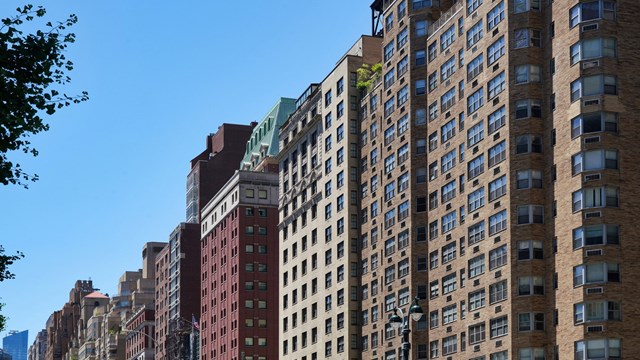
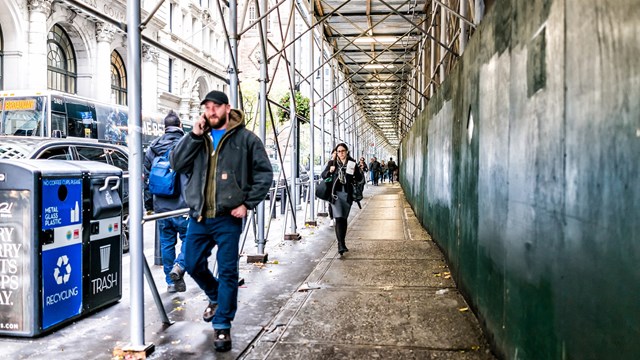
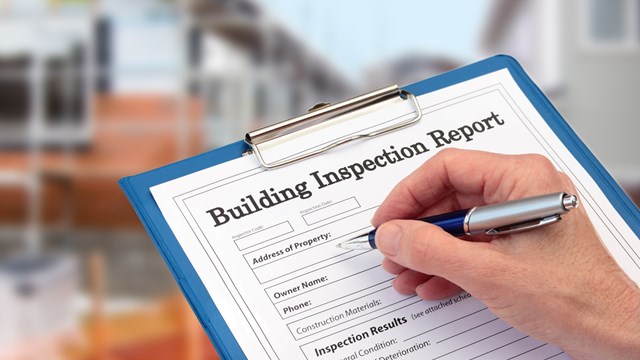
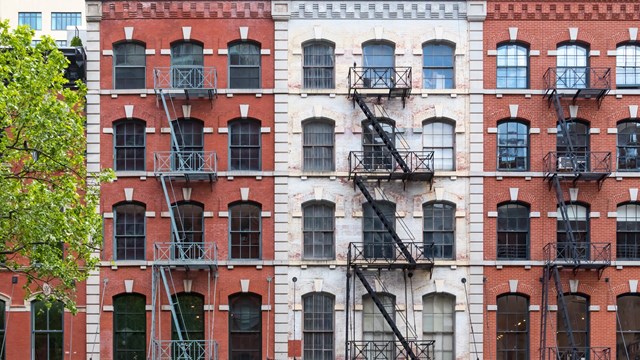

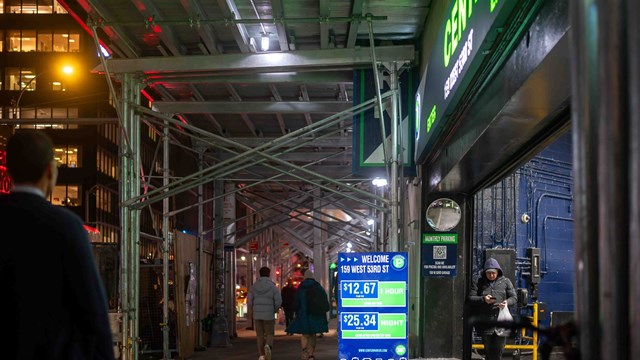
Leave a Comment